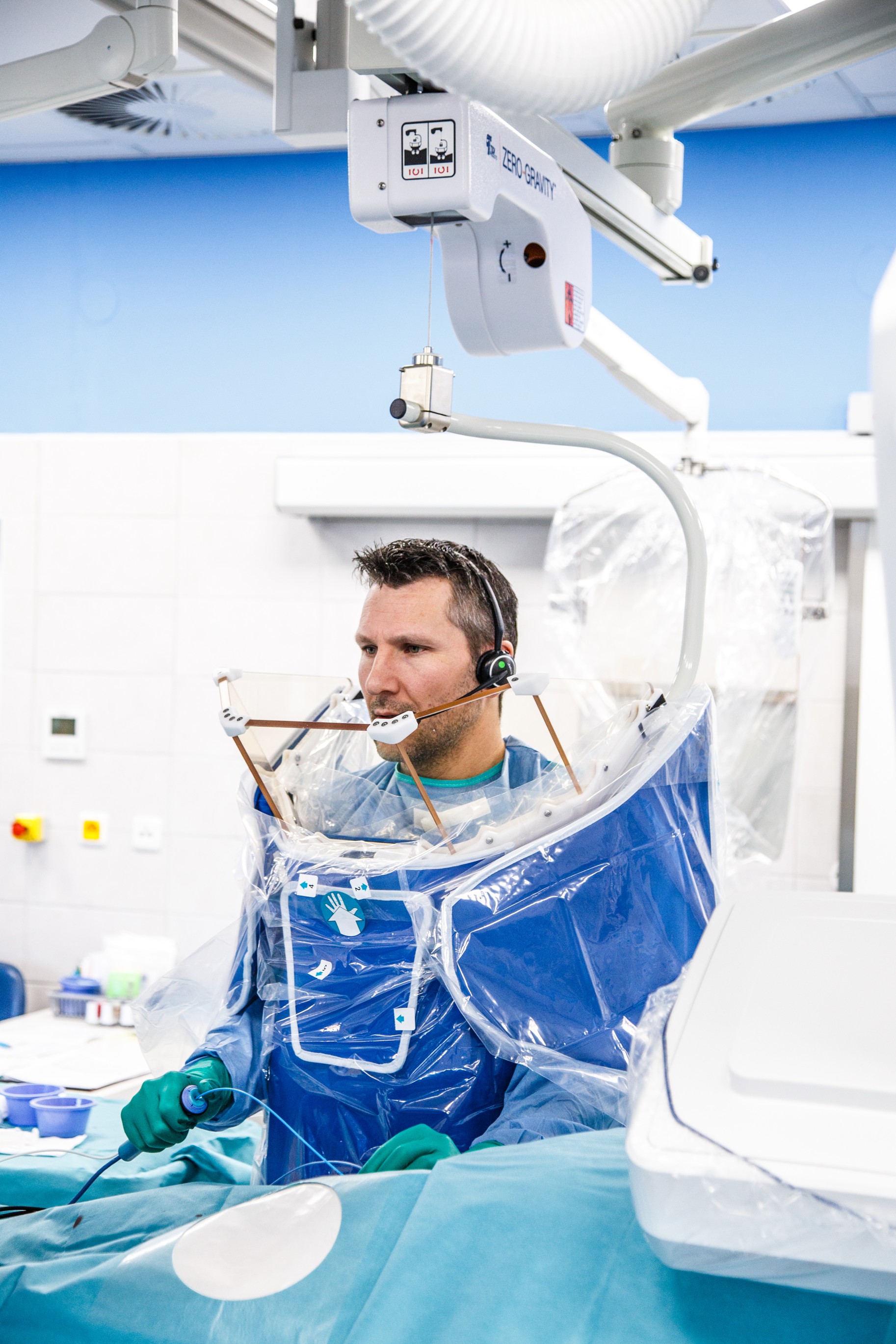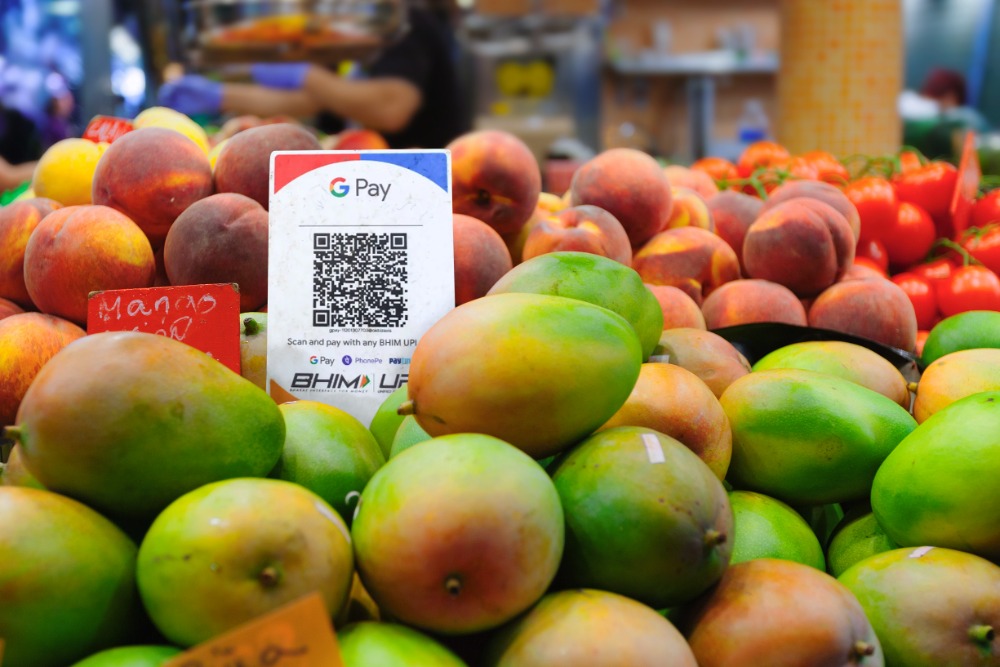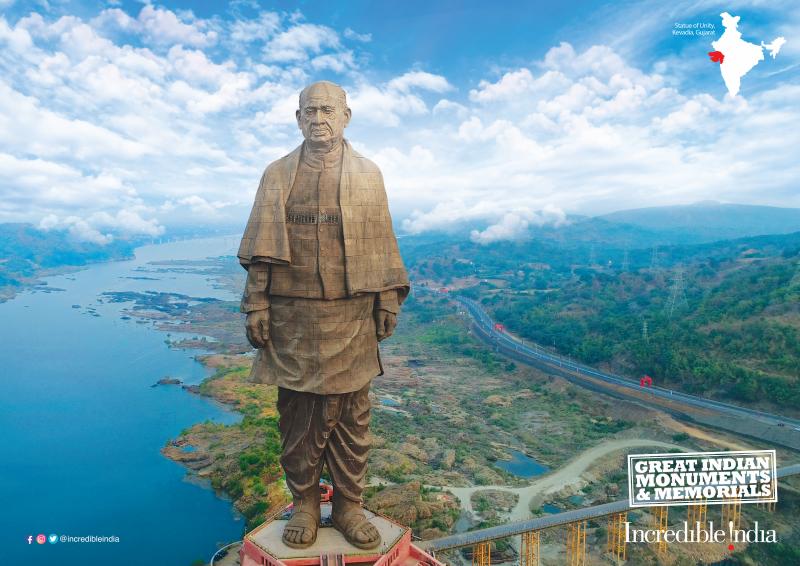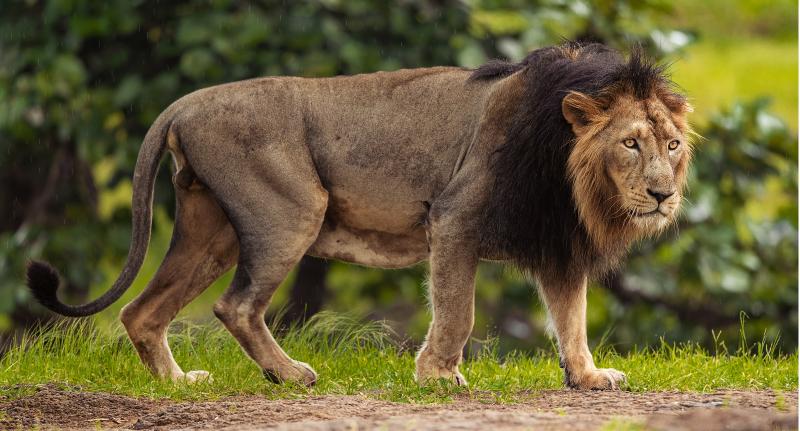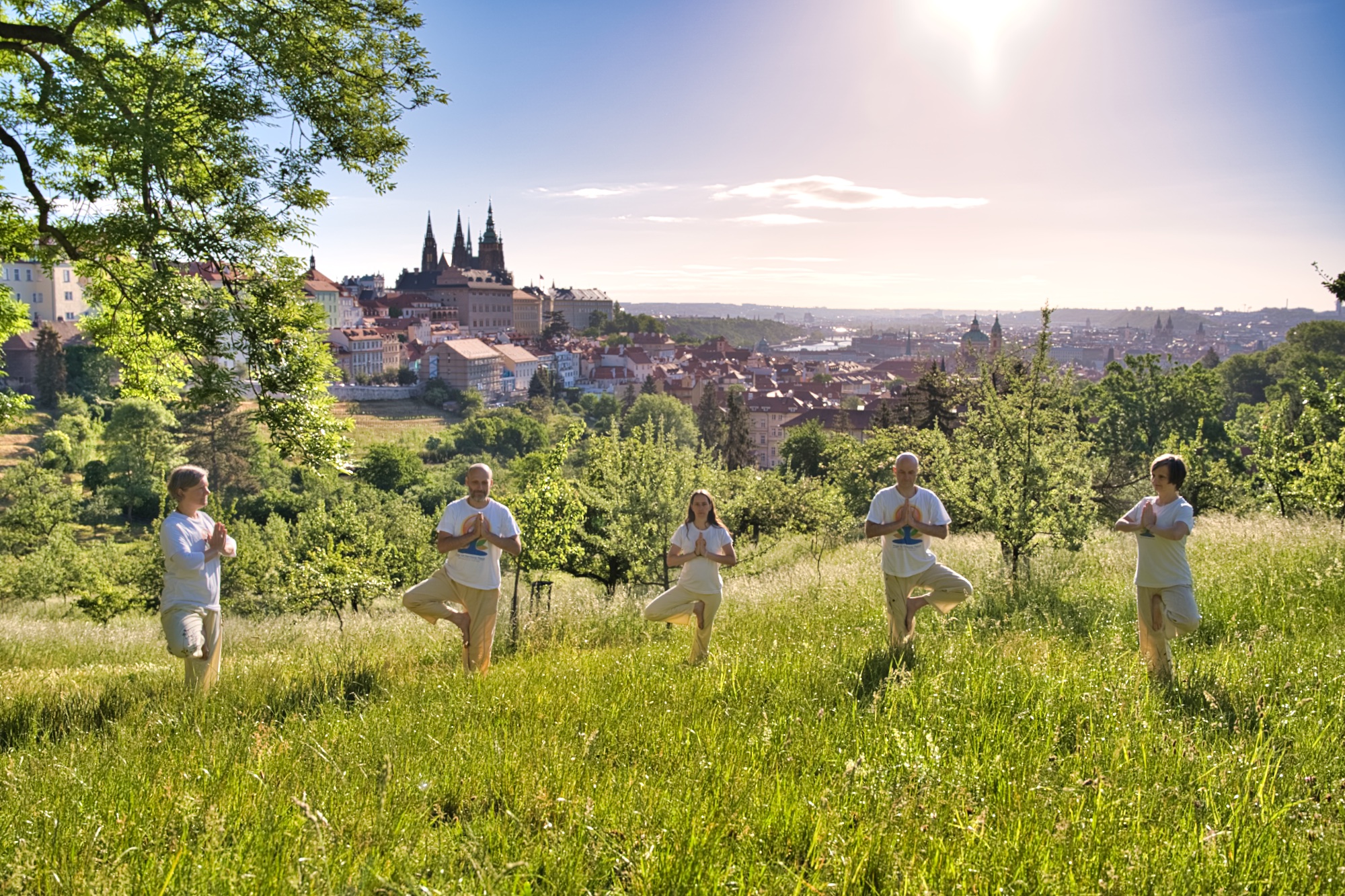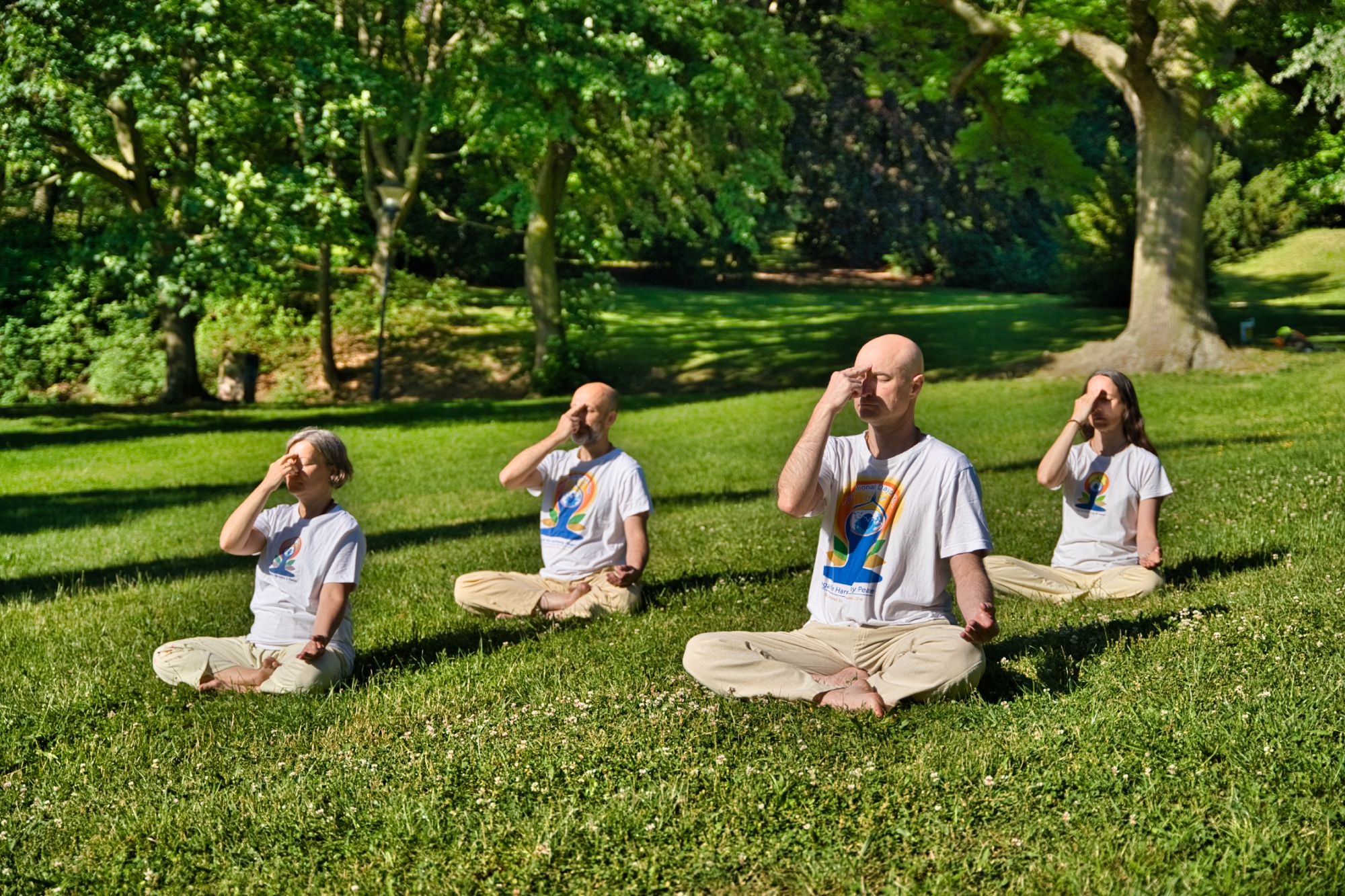· The Multicenter Study Will Evaluate the ElePulse™ PFA System in Patients with Symptomatic, Drug-Refractory Paroxysmal Atrial Fibrillation
· ElePulse Introduces a True Single-Shot, Single-Position Approach
BERLIN, Germany – BIOTRONIK today announced the enrollment of the first patient in the RESET AF 3D Study, a clinical study to evaluate the ElePulse™ Pulsed Field Ablation (PFA) System for performance in patients in the treatment of atrial fibrillation (AF). The study aims to support CE Mark approval for the ElePulse PFA System, which introduces a single-shot, single-position approach to pulmonary vein isolation.
The first procedure on a patient as part of the study was performed at Na Homolce Hospital in Prague, Czech Republic by Prof. Dr. Vivek Reddy, Director, Cardiac Electrophysiology, Mount Sinai Health System, New York, USA. “The procedure using the new ElePulse PFA System was efficient. Its single-shot, single-position design performed well and has real potential to simplify AF ablation workflows,” said Prof. Reddy.
Prof. Petr Neužil, Head of the Department of Cardiology, Na Homolce Hospitaladded:“We are proud to enroll the first patient in the study here at Na Homolce Hospital. As a center committed to research, we are excited to help validate a promising next-generation PFA technology.” Today, PFA has emerged as one of the most advanced technologies in cardiac electrophysiology, offering a non-thermal alternative to traditional ablation methods.
The ElePulse PFA System combines a 3D spiral multi-electrode catheter with a compact PFA generator. It delivers donut-shaped pulsed fields for durable, transmural pulmonary vein isolation and contiguous ring-shaped ablations beyond the veins—all without catheter repositioning. The system integrates seamlessly with standard 8.5F sheaths and widely used 3D mapping platforms, minimizing workflow disruption, reducing setup complexity, and training needs.
In the first-in-human cohort of 36 patients1, ElePulse achieved:
- 100% acute pulmonary vein isolation
- 92% freedom from AF at 12 months
- No thermal-related complications
Dr. Petr Peichl, Principal Investigator andCardiac Electrophysiology Specialist at the Institute for Clinical and Experimental Medicine (IKEM), Prague, Czech Republic noted: “ElePulse provided true single-shot ablations that were fast, effective, and well-tolerated by patients. This study will help us evaluate the system’s ability to deliver durable AF treatment without catheter repositioning, greatly contributing to streamlining workflows.”
“RESET-AF 3D reflects our commitment to advancing cardiac electrophysiology through meaningful innovation,” said Andreas Hecker, President CRM/EP at BIOTRONIK. “ElePulse represents a major step forward in establishing PFA as a transformative technology in AF with simpler, faster, safer treatment for patients.”
One of the few companies in Europe with focal PFA expertise, BIOTRONIK’s expansion into single-shot PFA builds on its leadership as a significant player in the fastest-growing segment of AF treatment. The RESET-AF 3D study lays the foundation for CE Mark approval and market release of ElePulse, reinforcing BIOTRONIK’s commitment to delivering value-adding, patient-centric solutions.
– END –
References
1 Gould, Paul A. et al. First-In-Human Experience from the RESET-AF Trial: The 6- and 12-Months Outcomes of PVI Using a Novel Single-Shot Pulsed Field Ablation System. Presented at: APHRS 2024 in Sydney.
About BIOTRONIK
For over 60 years,BIOTRONIK has stood at the forefront of medical technology, pioneering breakthrough innovations that are transforming the lives of millions affected by heart disease and chronic pain. Rooted in a deep purpose to seamlessly harmonize technology with the human body, we engineer trusted, life-changing therapies through our advanced active implants in Cardiac Rhythm Management, Monitoring, and Neuromodulation, while providing cutting-edge solutions in Electrophysiology. From creating Germany’s first pacemaker in 1963 to breaking new ground in digital technologies and Conduction System Pacing today, BIOTRONIK is continuously raising the bar for quality, performance, and innovation. Headquartered in Berlin, our global reach spans over 100 countries across the Americas, EMEA, and Asia—bringing bold, future-ready solutions that are shaping the next generation of medical technology.

 in Prague, Czech Republic.jpg)
